The largest moveable land-based structure ever built has begun sliding into place over the remains of Chernobyl nuclear power station in the Ukraine.
We must all hope that never again will a similar structure have to be built on the site of a nuclear accident and in a contaminated environment– Nicolas Caille, Novarka project director
The project to build and position the arch was managed by Novarka, a joint venture between Vinci Grands Projets and Bouygues to contain radioactive waste left by the 1986 Chernobyl disaster.
It has been financed by €500m from the European Bank for Reconstruction and Development and a further €800m from more than 50 nation states, as well as the EU. The total cost is estimated to be €1.5bn.
The consortium started building the arch in 2012 after preparatory works on the ground, which took three years to complete. The structure was built in two halves, which were lifted and joined together in 2015.
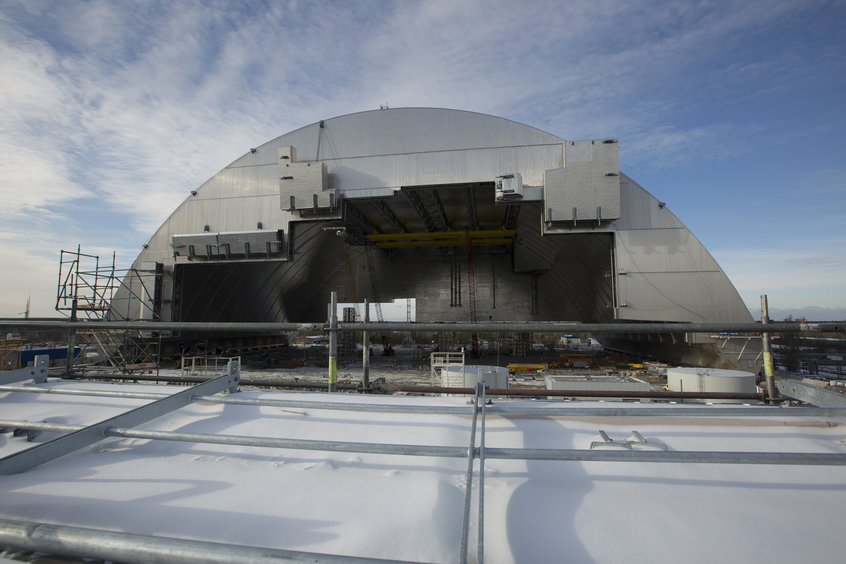
Chernobyl’s New Safe Confinement (NSC) Arch has a 257m span, is 162m long, 108m high and weighs 36,000 tonnes. The sliding is being done with help of a “skidding system” that consists of 224 hydraulic jacks that push the arch in 60cm increments. An estimated 40 hours of “skid time” will take place over a period of 5 days.
It was assembled in an uncontaminated area near reactor 4 and is being moved 327m to seal off the unit. Once in position it will be possible to begin dismantling the ageing sarcophagus that is housing the reactor – and the arch is fitted with an overhead crane to make that easier to accomplish.
Nicolas Caille, project director for Novarka, said: “This is a one-of-a-kind project serving the aims of the Ukrainian authorities. We are immensely proud of what we together with our partners have achieved. The NSC shows what is technically possible.
“At the same time, given the circumstances, we must all hope that never again will a similar structure have to be built on the site of a nuclear accident and in a contaminated environment.”
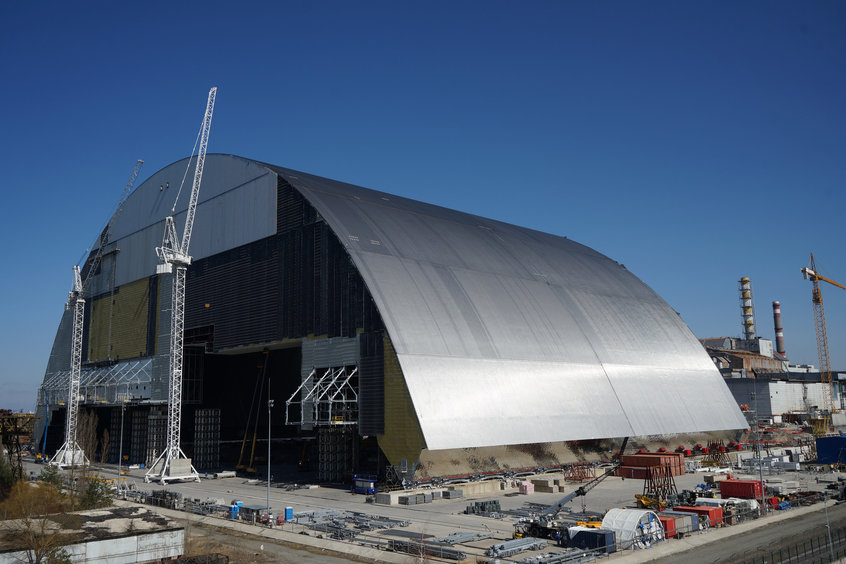
Bouygues comments on its website that the project could only have been accomplished by means of a vast international effort.
It says: “The elements of the arch were made in Italy, the external cladding contractor was a German-Turkish company, and lifting was subcontracted to a Dutch company. Onsite are Ukrainian site engineers, Italian mountaineers and Azerbaijanis who are used to carrying out lifting work on offshore oil platforms. Â
“In all, there are 15 production and engineering sites spread over three continents, 21 nationalities and two official languages, English and Russian.
“The corollaries of this are the painstaking translation of all documents, communication difficulties and, occasionally, cultural misunderstandings. But everyone shares the same pride at taking part in a project in the public interest.”
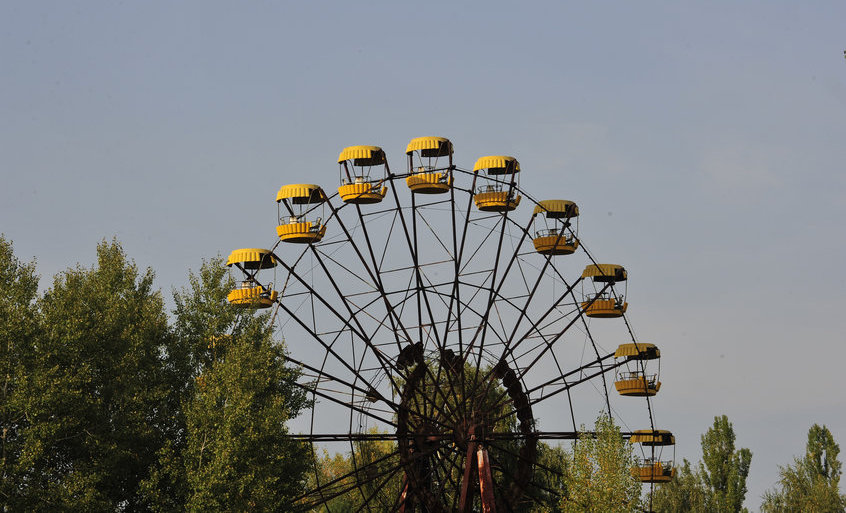
Ostap Semerak, Ukraine’s minister of ecology and natural resources, said: “The credit for the construction of this one-of-a-kind technological structure goes to an expert team of engineers and builders.
“This is a historic step towards the improvement of environmental safety throughout the world, as well as in the Chernobyl exclusion zone. And it has only become possible thanks to immense international support.”
Images via The European Bank for Reconstruction and Development
Comments
Comments are closed.





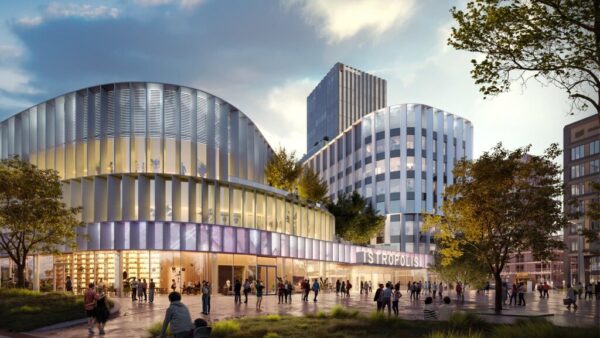
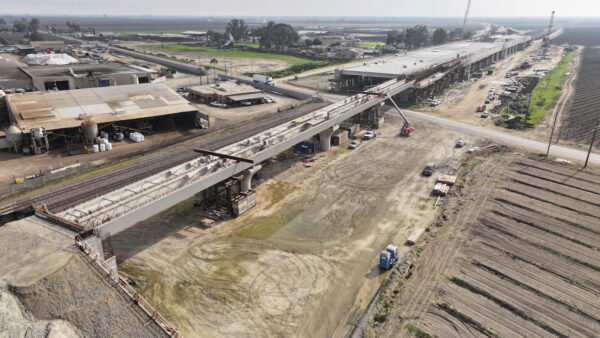
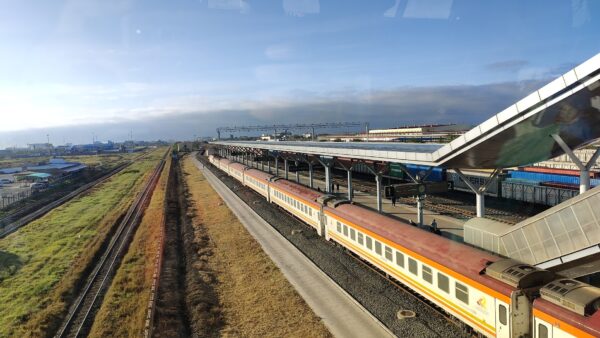
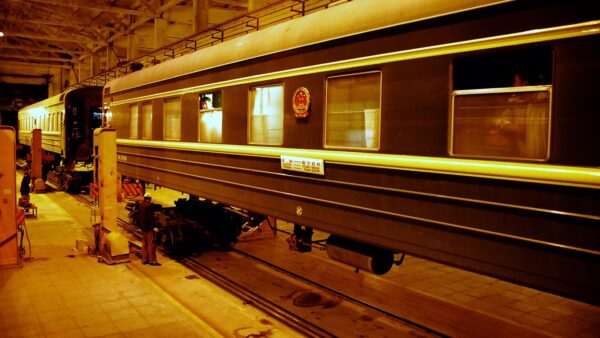
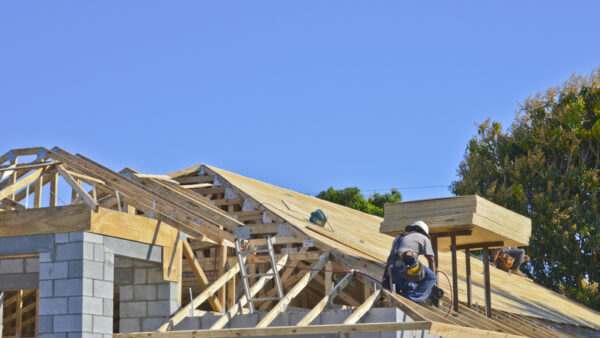
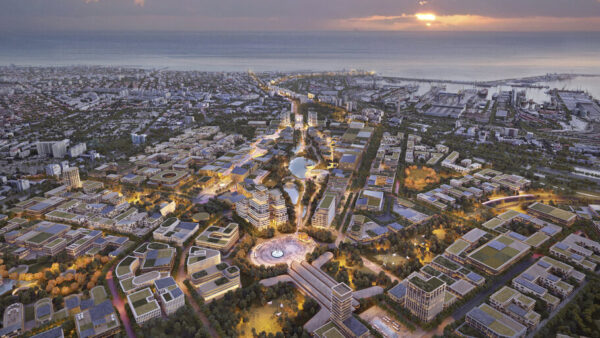
In my opinion, nuclear accidents will happen again. One only has to look at Japan, in an active seismic zone with up to 55 nuclear reactors. The radioactive waste water from Fukushima continues to pour into the Pacific Ocean and travel throughout the world. If more nuclear disasters occur there, our oceans are probably finished! Now how are the world’s engineers and our great nations going to deal with this problem?
Given the radiation-contaminated nature of the site I wonder how the team carrying out site works were protected.
I wonder also if some of this ground-breaking construction could be used in connection with the Fuku reactors.
m.hawkyard: The radiation in the zone is actually not as bad as one might think; thanks to the russian liquidators in 1986/87, and the (somewhat/mostly) sealed reactor 4 it’s a matter of limiting exposure to the area. Everyone wears dosimeters, and are monitored for their individual exposure.
R. Clouston: Fukushima is a different problem which will require a different type of structure. By now the fuel rods will have cooled enough to be transplanted out of Fukushima reactor #4, once that’s done most of the danger from these reactors has passed. Unfortunately thanks to anti-nuclear factions most reactors are still running on 1950’s reactor designs (instead of thorium molten salt reactors which can run on nuclear waste), so I believe you are correct… there will be more accidents. The amount of radiation leaking into the oceans has been insignificant based on the volume of the ocean, and would have been much higher if we just did nothing. That being said, the type of radiation (specifically strontium 90) is going to cause problems in the future generations of wildlife in the oceans.